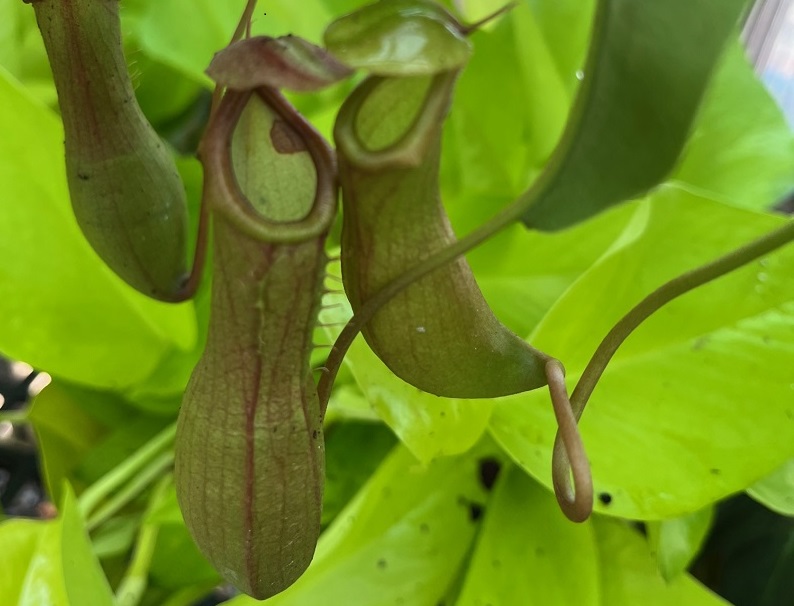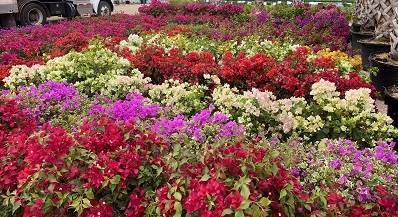African violets do best in bright, indirect light. A North window or a shaded East window is usually best. The correct lighting can be the difference between success and failure with African violets. Fluorescent lights are also good, as long as the violets are not too far from them. If they are too close, you will see stunting of new foliage. If they are too far, the leaves will grow “up”. Use an adjustable lighting system so that you can control the distance from the plants. Putting the light on a timer for 14 hours a day will keep them blooming.
Watering may be done from the top or from the bottom. If watering from the top, take care not to get water on the leaves and crown. If the water temperature is more than a 15°F difference in temperature from the surface of the leaf, a drop can leave a yellow circular ring on the leaf. Getting water in the crown of the plant can rot the crown, so be careful to water the soil, not the plant. If watering from the bottom, or in a “self-watering’ pot, be sure to “flush” the pot from the top about once a month to prevent salts buildup from fertilizers. This white crust on top of the soil may also be removed carefully with a small spoon.
Fertilize with a dilute African Violet fertilizer at every watering or at full strength every other time you water. If the plant is extremely dry and water-stressed, skip the fertilizer at that watering, as fertilizer applied to dry soils can damage root systems.
Some varieties of African Violets may have a tendency to form multiple crowns. These can be “pinched-off” when small to discourage more crowns, or allowed to grow a little, then divided and potted into a new pot. Violets which have grown several crowns may also be divided and each one re-planted in a small pot to root. Let the divisions sit out for a day or two to “callus over” before placing in soil.
Leaf stems that touch the side of the pot will tend to fold over and rot. An African Violet “ring” can be placed on the pot to prevent this from happening.
Most of all, don’t be afraid to try growing an African violet. If you have the right location, they can brighten up your house with blooms year-round!





Leave A Comment